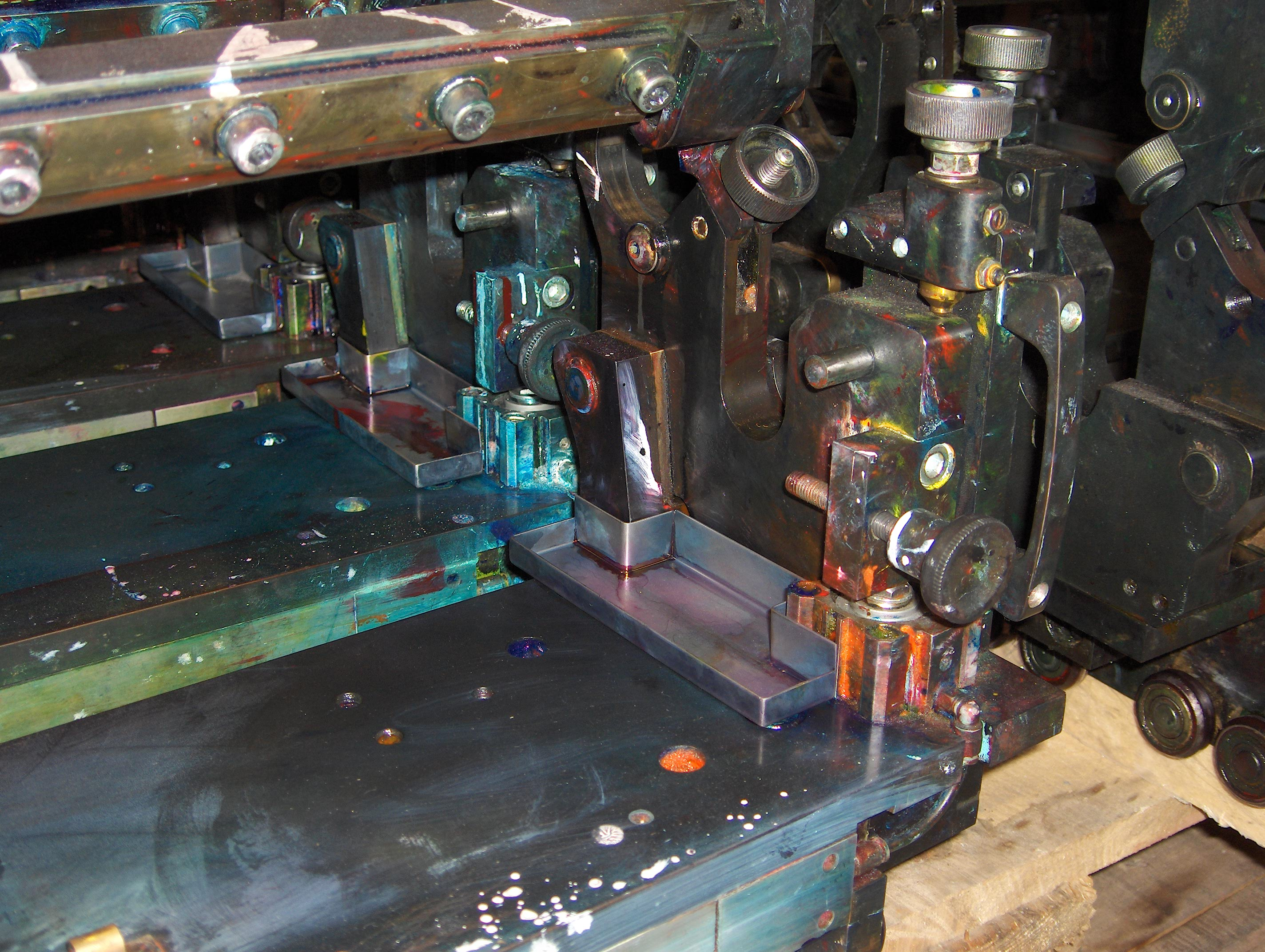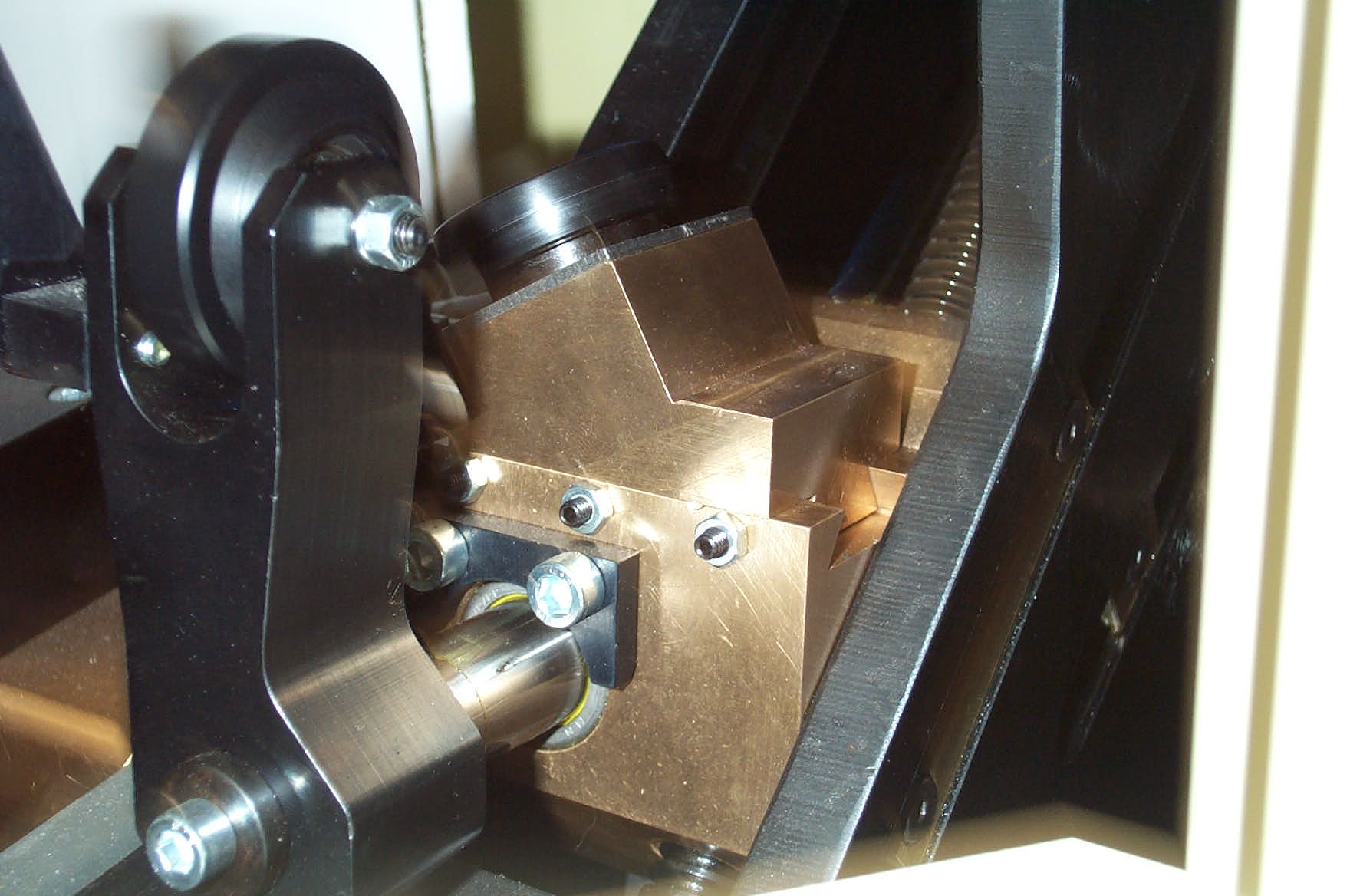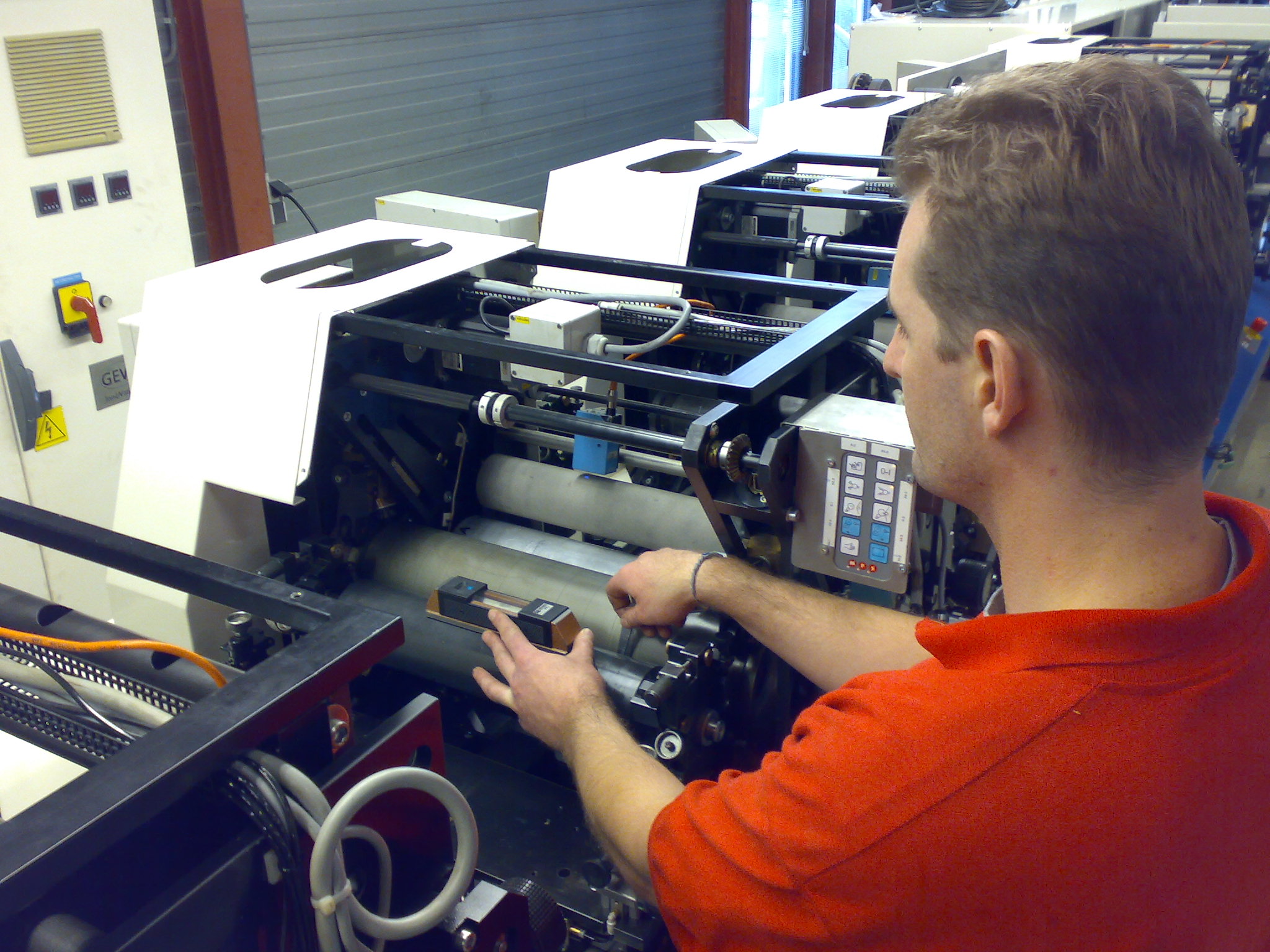In part 4 of my blog series focused on preventative maintenance (PM), I explain how to set up an effective preventive maintenance schedule and implement it into your organization.
Where to begin
A good starting point is the recommended maintenance schedules from your press supplier.
These are supplied at press delivery, usually in the operator manual or in a separate technical / service manual. If you’re pro-active, ask your press supplier to send it before the machine arrives. That way, you can prepare a draft schedule outline ahead to discuss with the technician installing the machine.
Consider the provided PM schedules as a guideline and work together with your supplier’s specialists to customize these to your specific production environment. Make sure all converting options and peripheral equipment are included (such as UV dryers, chillers, etc.), and consider periodic refreshment training as important maintenance for your employees.
Keep in mind that a PM schedule is not static. It needs to be evaluated and adjusted when needed. In my experience, a good schedule to implement is the following:

Chart ; daily – weekly – monthly – semi annual & annual
Checklist included & filed in the maintenance dept.
A periodic analysis of the checklists together with the press manufacturer can lead to a more predictive schedule and machine improvements.
Press manufacturers love to receive feedback from real and continuous production environments. So, to create your own history and share with your press manufacturer, it’s highly recommended you store the executed maintenance reports and analyze these periodically.
Daily maintenance
It all starts with the most fundamental maintenance: cleaning.


Cleaning: before and after!
I am convinced an operator will produce better quality product at a lower cost with a higher throughput / output when working with a clean machine and machine environment. It will keep them motivated and more importantly, proud to print on THEIR press.

Besides daily cleaning as a necessary job of a printer, I always advise to schedule an extra cleaning step at a fixed moment in the week.
So, if a shift system is used, all printers know at a certain time during the week it’s cleaning time. If the machine and environment is already clean, there is always other light maintenance to work on for e.g.: tooling, exchanging worn parts of the machine such as ink pans or options, replenish consumable stock, etc.
Weekly maintenance
Usually consisting of checks and verifications, most of the time weekly maintenance this can be executed without too much additional downtime.
Nevertheless, these are important checks to monitor the health of your complete system. Keep record of the checklists used for the weekly PM as a history, and note any change in systems performance or parameters over the last 6 to 12 months.

Monthly maintenance
Monthly PM also includes the weekly PM. In general, these are lubrication items.
To execute monthly PM, press manufacturers provide the tools, startup kits, and quantities to perform maintenance as described in the machine manual. It’s your responsibility to replenish these consumables to continue performing maintenance according to the schedule and procedures.
Semi-Annual maintenance
Now we start to get into the more specialized part of machine maintenance.
Also including the monthly PM, a semi-annual PM includes specific machine checks and adjustments. Your skilled technicians could perform these tasks after receiving specific training from the press manufacturer, successfully completed with a certificate.
You may also consider this as part of a service level agreement (SLA) purchased from your press supplier.

Annual maintenance
Also including the semi-annual PM, this is the time to call in your press manufacturer for an onsite evaluation of your machine.
And, based on the machine configuration, it’s wise to also invite OEM suppliers onsite to verify your system performance. Take UV curing systems or chilling systems as an example: these require specific periodic maintenance that only the manufacturer can perform.
You certainly should consider this as part of an SLA purchased from your press supplier. A good and thorough yearly maintenance will ensure your press is optimized and ready for the next production year.

Final thoughts on PM scheduling and implementation
Previous maintenance schedules with more mechanical machines also included quarterly maintenance, however modern servo-driven printing presses have less need for this step.
As servo drive technology was introduced 25 years ago by MPS and has evolved into direct drive technology, most mechanical parts disappeared - therefore eliminating the need for quarterly maintenance.
My general advice is to include PM in your production schedule so that it’s visible to your planners scheduling upcoming production. Scheduled PM is not static - a few days delayed or pushed ahead to optimize your production schedule is not a problem.
However, scheduled PM should NOT be canceled indefinitely!
SCHEDULE
The above PM schedule raises the question: who is capable of performing preventative maintenance? Is it the printer’s technicians or maintenance staff, or are the machines so advanced that we need to source help from outside?
It’s clear that a machine in 2020 is a completely different animal compared to only 20 years ago. Consider the mechanical and software. Not only does a printer’s technicians need to be familiar with printing presses, but for a large number of - if not all – machines in the factory. Sometimes, this role is also assigned to facility management (the actual building and all related facilities).
The market and your customers require you to embrace preventative maintenance at all levels. A well-maintained machine and a happy printer will certainly lead to better quality and more productivity.
Get in touch
Please feel free to share any thoughts you have on this topic above or preventative maintenance in general. I look forward to your replies and suggestions!
In my next blog, I’ll explore options for performing preventative maintenance on your machine. Is it taken care of by your in-house technicians or specialists from your press supplier?
Until then, you may be interested in reading my other blogs in this preventative maintenance series:
Part 1: A machine needs maintenance!
Part 2: Keep your flexo press and operator at their best
Part 3: Investing in a new press?